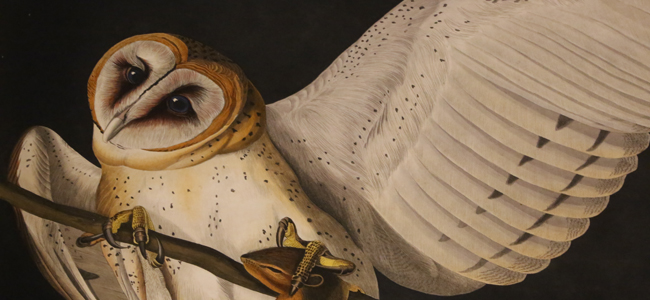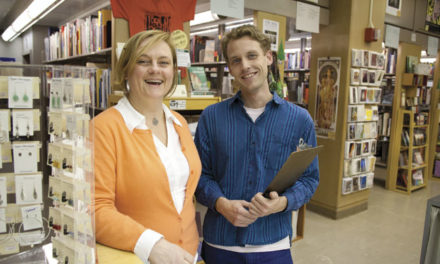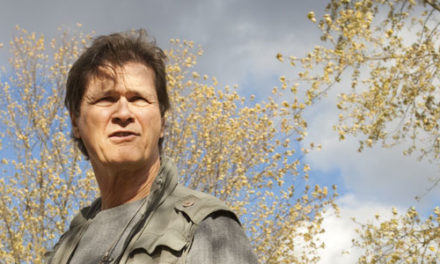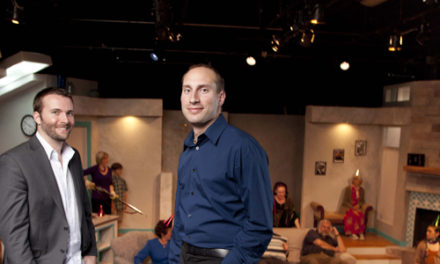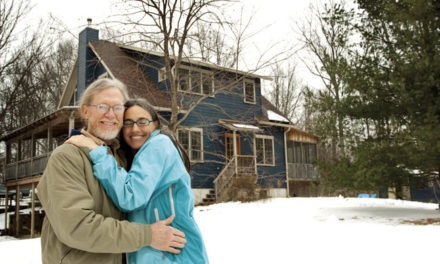
BY JEREMY SHERE, PHOTOGRAPHY BY JIM KRAUSE
In a town with so much to do, it’s easy to overlook the Indiana University Lilly Library. But it shouldn’t be. With about 400,000 rare books, more than 100,000 pages of sheet music, and 7.5 million manuscripts, the Lilly Library is one of the best libraries of its kind on the planet.
“For a town this size to have such a world-class collection is a remarkable resource,” says Erika Dowell, associate director and head of public services at the Lilly Library.
The library was founded in 1960, inspired largely by the donated book and manuscript collection of Eli Lilly and Company President Josiah K. Lilly Jr. Indiana University had been systematically accumulating rare books and other documents since the 1940s, storing them in the archives at Bryan Hall and in multiple locations in the main library (then housed in what today is Franklin Hall). Lilly’s gift of more than 20,000 books, 17,000 manuscripts, 50 oil paintings, and 300 prints, donated to IU between 1954 and 1957, expanded the university’s holdings to the point that a better storage solution was necessary. Renovating the main library was deemed unworkable, so then-President Herman B Wells championed the idea of constructing a building to house the burgeoning collection. Funded by a bond issue, the Lilly Library officially opened its doors on October 3, 1960.
What makes the Lilly Library special, says Director Joel Silver, is that, unlike most other such libraries that require patrons to have permission to handle books and manuscripts, anyone visiting the Lilly Library can touch almost everything.
“A book is more than just text and illustrations,” says Silver. “Working with an original book or manuscript, you can inspect the bindings, read notes left by former owners, and touch and smell the paper. The smell of a book can tell you a lot about how it’s been treated and where it’s been.”
For Head of Conservation James Canary, touching and inspecting books, manuscripts, and puzzles is the best way to learn about them. “Every object is unique and conveys something about the time and place it came from,” he says. “In an early book binding you can see the actual tool marks made by the original binder and get a sense of how they approached making the book. You get a real education in the history of technology, art, pigment making, and a lot more.”
While every possession in the Lilly Library’s collection is a treasure, the staff has chosen 10 they deem especially remarkable.


